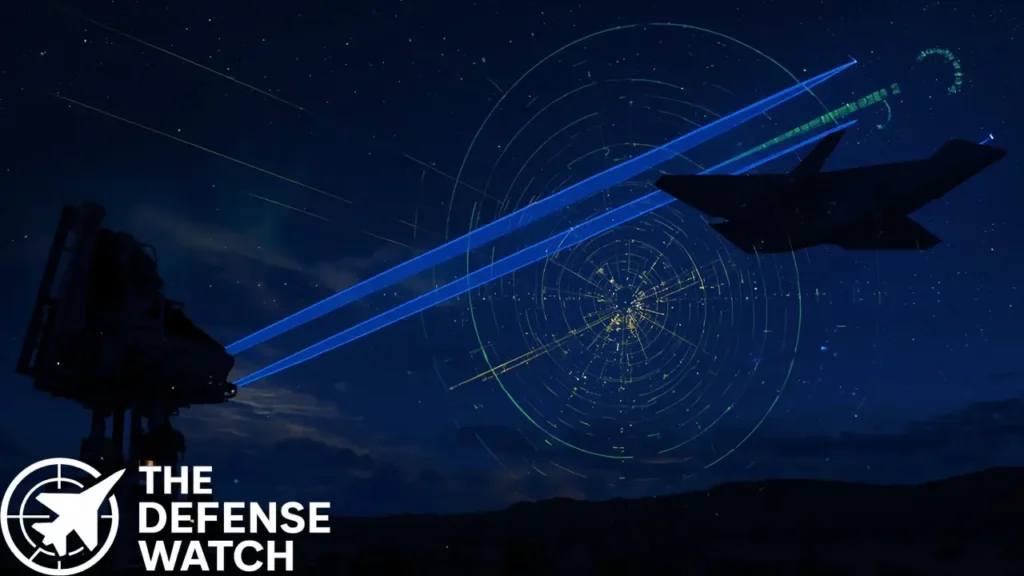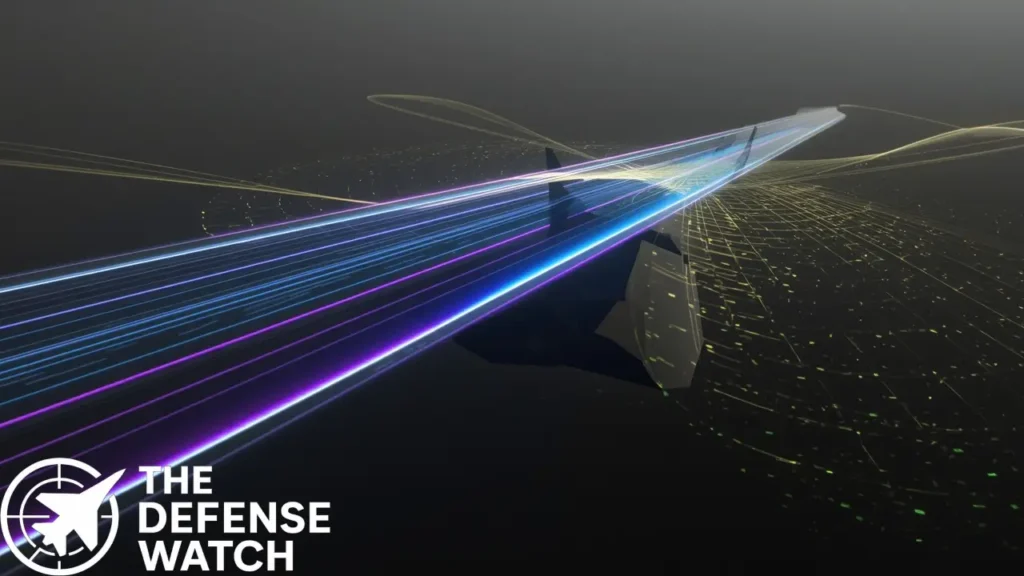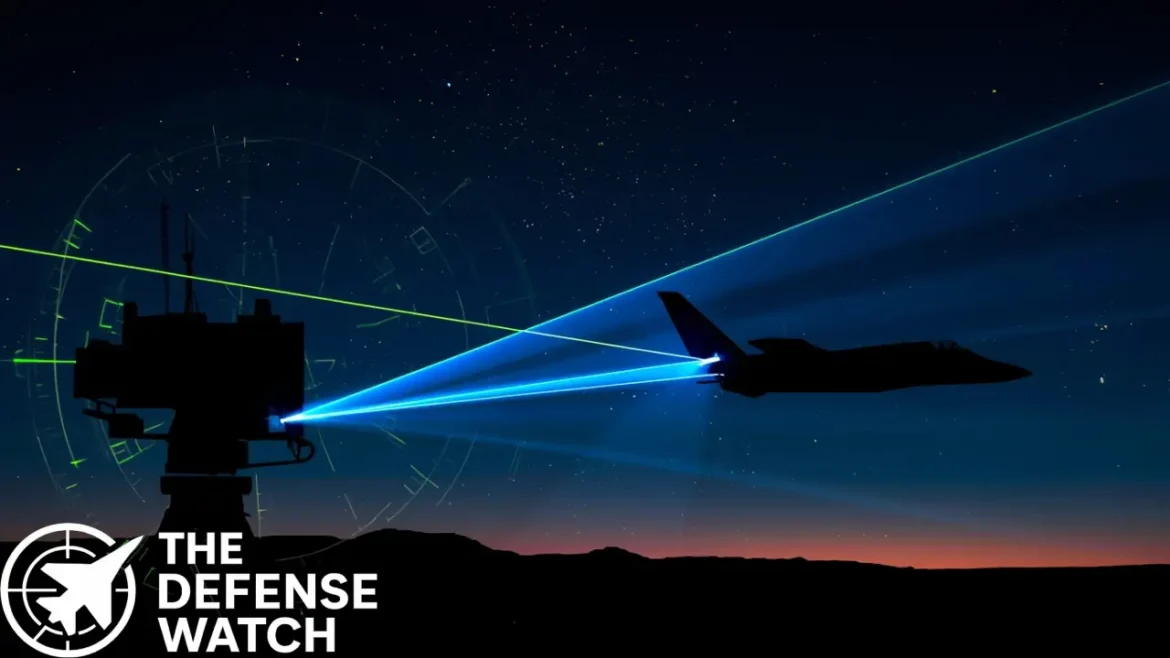China’s Bold Quantum Radar Announcement
China recently publicized claims that its defense industries have developed a programmable quantum radar capable of detecting stealth aircraft, potentially able to “see through” advanced low-observable designs. According to Chinese sources, the system leverages quantum entanglement and coherence effects to detect ultra-low observable (ULO) targets with minimal return signals.
In parallel, at the 11th World Radar Expo, China also highlighted several “anti-stealth” radar systems, such as the JY-27V meter-wave radar and SLC-7 multifunctional radar, which its designers claim can detect U.S. stealth platforms including F-22 and F-35 aircraft.
The quantum radar narrative builds on earlier Chinese academic papers that proposed creating a miniature electromagnetic vortex or “storm” via accelerated electrons and strong magnetic fields, arguing such a field could interact differently with the stealth surface and enable detection where conventional radars fail.
However, experts remain cautious. Many in the defense and quantum physics communities view China’s claims skeptically, warning that the jump from laboratory proof-of-concept to an operational, deployable quantum radar remains extremely challenging.
How Quantum Radar Could Work (In Theory)
Traditional radar operates by transmitting electromagnetic pulses and measuring their return. Stealth aircraft minimize that return via shaping, radar-absorbent materials, and low-emission technologies (like LPIR) to reduce their detectability.

Quantum radar, by contrast, is based on schemes such as quantum illumination: pairs of entangled photons are created, one sent outward (signal) and the other retained (idler). The correlation between the two allows the system to distinguish a weak return signal from noise, even when much of the entanglement is lost over distance.
In principle, this technique could permit detection of objects with extremely low radar cross-sections under clutter and jamming conditions. A “programmable” quantum radar could adapt entanglement properties or measurement strategies in real time based on target and environmental conditions.
Still, significant obstacles remain: preserving quantum correlations over long distances and through lossy media, building high-power quantum transmitters, and integrating quantum receivers into robust field systems are formidable engineering challenges.
Context: China’s Broader Anti-Stealth Push
China’s quantum radar claims align with a multi-pronged strategy for counter-stealth. At the radar expo, China also prioritized low-frequency radar bands, high-power apertures, and advanced signal processing to target stealth aircraft.
Records show that the People’s Liberation Army (PLA) has already deployed anti-stealth radars along its coastlines and islands in the East and South China Seas, posing potential threats to U.S. aircraft operating in those regions.
Beyond radar, China is reportedly exploring novel detection methods—such as satellite-based signal disturbance detection (e.g. via Starlink interference experiments) —and even a stratospheric airship with infrared sensors targeting the thermal signature of stealth fighters.
At the same time, China is enhancing its own stealth-capable platforms. A recent upgrade to the J-20 stealth fighter reportedly tripled its radar detection range via a silicon carbide (SiC) radar chip, making the J-20 not just survivable but also a potent sensor node.
Analysis: What This Means for U.S. Defense and Global Security
If China’s quantum radar claims prove feasible and operational, they could upend the balance in the stealth-versus-counterstealth arms race. Stealth platforms are a core pillar of U.S. power projection, enabling strike aircraft to penetrate contested airspace with reduced detection risk. A breakthrough countermeasure would force a strategic shift.
However, the likelihood of a fully functioning quantum radar in the near term remains low. Most academic and intelligence assessments view current Chinese claims as aspirational or speculative. Transitioning from lab-scale quantum experiments to rugged systems that survive in contested electromagnetic and physical environments is a leap that even leading quantum research centers worldwide are still trying to conquer.

Even so, the assertion is strategically significant. It signals Beijing’s ambition to neutralize U.S. stealth advantages, placing pressure on Washington to accelerate alternatives—such as stealth enhancements, electronic warfare, distributed sensor networks, multi-domain fusion, and counter-countermeasures.
From a global security perspective, breakthroughs in quantum sensing could trigger a new technology race. Other major powers (e.g., Russia, European nations, and India) would be compelled to invest in quantum science for both offense and defense. The delicate balance of deterrence might shift if stealth is no longer a guaranteed edge.
For technology trends, quantum radar fits into a larger push toward quantum-enabled sensing, communication, and computing. Its potential success (or failure) could influence how defense R&D is prioritized—allocating resources between incremental radar enhancements and disruptive quantum architectures.
Conclusion and Outlook
China’s claim of a working quantum radar is a provocative statement, one that may be more ambition than reality for the moment. But even as it invites skepticism, the narrative itself imposes a challenge on U.S. defense planners: the possibility that stealth may lose its dominance sooner than expected.
Over the coming years, expect increased U.S. investment in counter-counterstealth, quantum-resistant detection methods, more resilient sensor fusion, and perhaps classified programs aimed at validating or discrediting Chinese claims. If Beijing does deliver a credible quantum radar, operational balances in Indo-Pacific airpower, deterrence, and strategic strike capability could undergo a dramatic reassessment.


2 comments
[…] of an F-117 in 1999 over Serbia demonstrated vulnerabilities. In short: the F-117 delivered a quantum jump in stealth, but it was a first-generation system with clear […]
[…] the proposal sets off alarm bells in Washington and Jerusalem: preserving Israel’s qualitative military edge, safeguarding advanced U.S. technology from China, and managing Congress’s wariness will all be […]